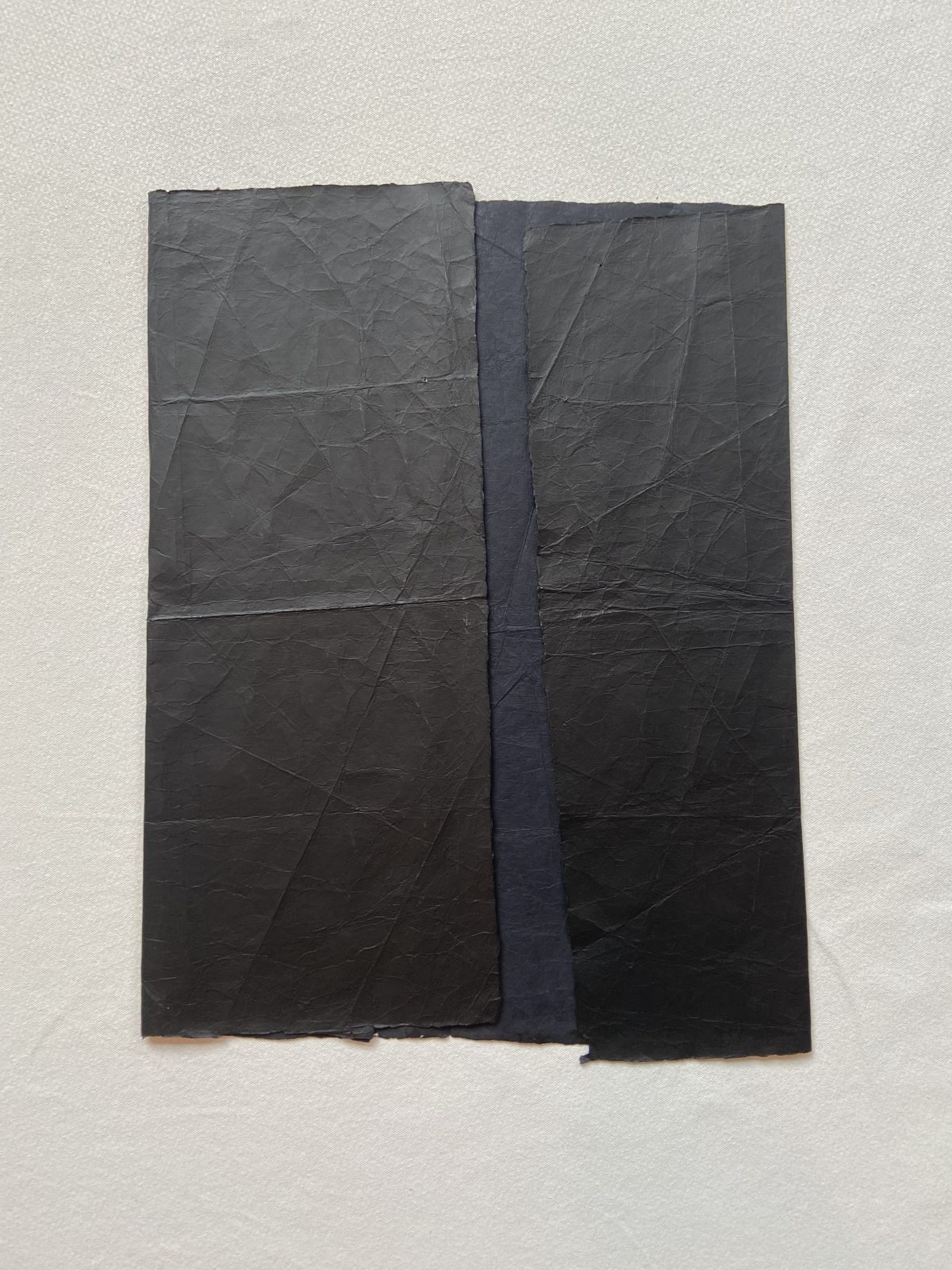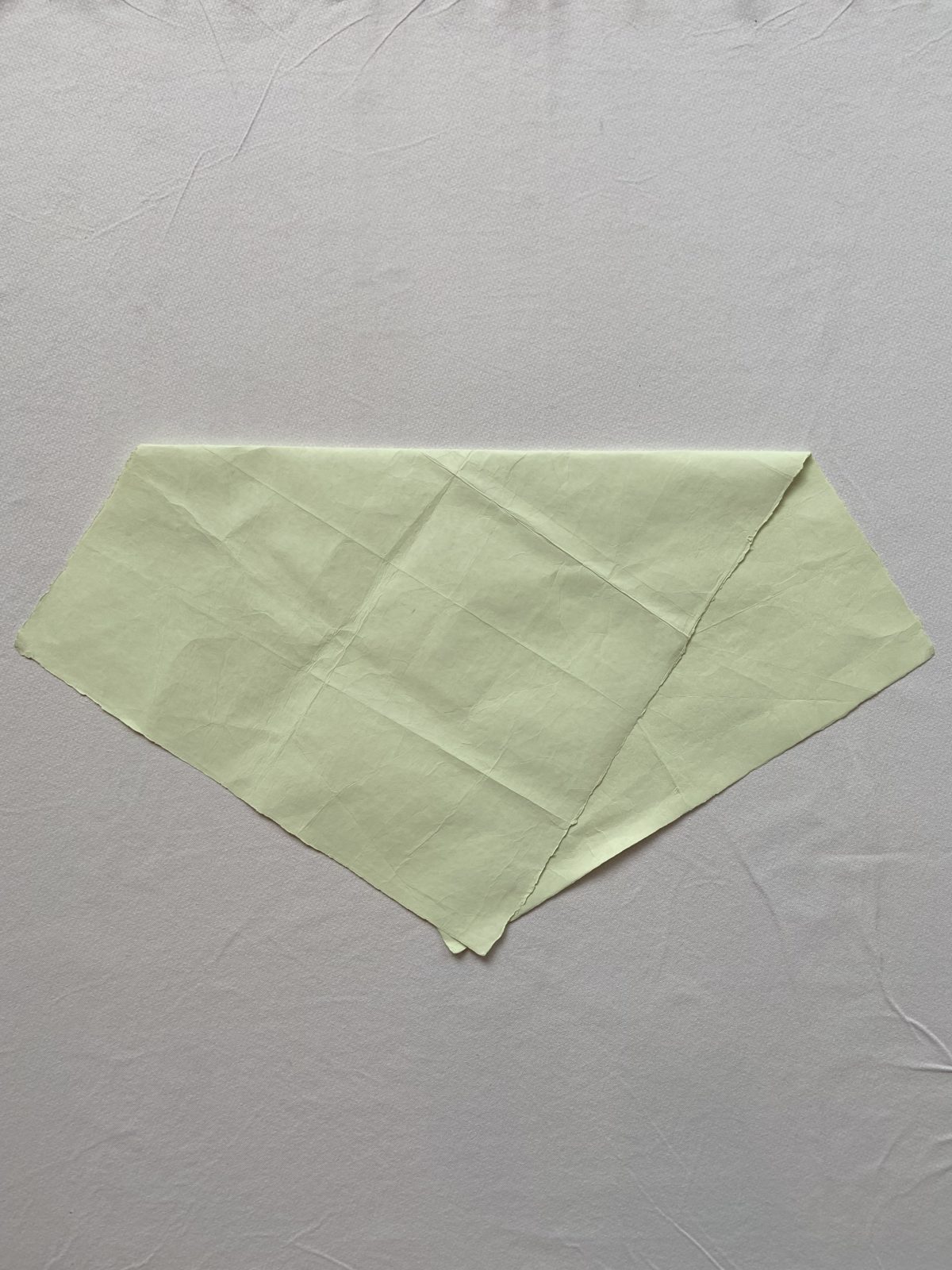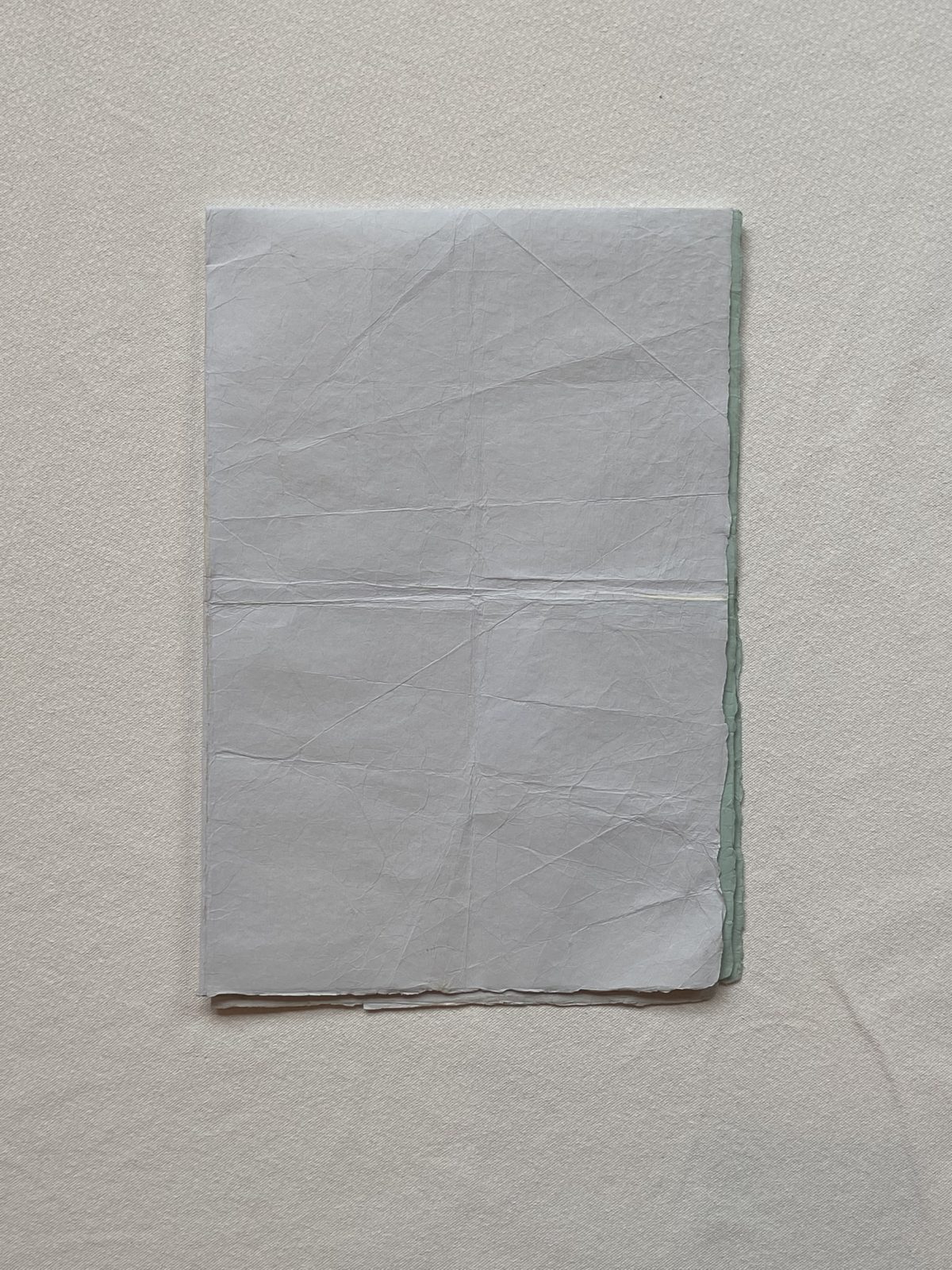Every day for the last month, I have hypnotized myself. In this state, I am unable to open my eyes — the harder I try, the heavier they get—and so, I relax into submission. Then, step by step, I descend an imaginary staircase into the dark basement of my subconscious. My limbs and thoughts become sluggish and the rest of the world fades to a distant memory.
The process feels a bit like meditation, which I’ve been doing for fifteen years with various techniques. Trance is a crucial part of the human experience. Across the world, people have their own methods of approaching this state: running, prayer, drugs, long interstate drives. The so-called flow state can, at its most extreme, become a hypnotic state in which our busy, scattered minds give way to single-minded focus.
Hypnogogia (just before sleep) and hypnopopia (just after sleep) are also liminal states we all enter daily, whether we want to or not. Trauma can be an involuntary induction, turning our conscious mind off and allowing the subconscious to take over in an emergency: we might forget events, lose time, and the traumatic experience becomes lodged into the hard-to-reach places of the self.
The field of hypnosis was formally established in the early 1800s and its primary discovery was that this state, known as theta, creates a hyper-suggestibility in the subject. The mind becomes permeable to whatever it receives, and any ideas penetrate more profoundly than they would in waking life. In theta, a person can be told to stop smoking or cluck like a chicken and if they are suggestible enough, they are likely to do it — especially if they are already disposed to doing so. And while it may appear that a hypnotist is placing the person into this state, the subject is always doing it to themselves. All hypnosis is self-hypnosis: the credo of hypnotherapy.

Once I am hypnotized, I give myself messages — anything I want to embed deeply into myself. I can break a pattern, add a habit, deflate an addiction, or rearrange my neural pathways.
This trance is the seductive part of hypnosis, but an equally important aspect of the process is the return. In my process, once I’ve fully inculcated my message, I must bring myself back to wide-eyed alertness. I count myself up and forcibly blow away mental haze. This is necessary for the mind to remain functional in daily life.
I began working with a mentalist on this return a few months ago. We met at a party where he was seemingly reading people’s minds for entertainment. At one point, he chose me for an illusion, because, I eventually learned, he’d sensed that I was hypnotically suggestible. This is part of his job: over years of practice, he’s learned to sense which people would be most suited to receiving his work.
In the following weeks, as we began working together in hypnosis sessions, he told me that I had placed myself into ongoing theta. My waking state had become fused with my subconscious, so that I was in a kind of waking trance.
At first, I assumed this was due to years of meditating. I’d never been given proper instructions for closing a session, and perhaps I had been remaining in that state. For example, if I were to meditate and follow it up by reading a grim news story or participate in a troubling conversation, the emotional effects might permeate me more intensely, as I had just been in a state of suggestion. The portal to my depths had been stuck open and anything I experienced could lodge itself into my subconscious, and then, into my nervous system.
But as I began to consider my life, I realized that I was, in fact, spending most of my days inducing a hypnotic state. Whether writing, painting, or making music, I usually found myself feeling nicely entranced by my practice. And as time has gone on, I seem to judge the success of my work by how deeply I go into theta. For me, the feeling is inextricable to the product.
Some artists might build rituals to effectively and reliably place themselves into this state. Some consider their art a form of channelling. In my experience, trance is a safe, comforting space. Whenever I’m hypnotized, I smile with involuntary pleasure.

Openness is considered a good trait, and meditation is now regarded as self-improvement, but the theta state is not without its concerns. Trance makes a person vulnerable, which is not sustainable in the world, where protection is required against noise, violence, anger, and our own shadow. Over time, staying in this state can create an increased sensitivity, a feeling many artists endure as the cost of creativity.
For example: I spent a period of my life attempting to lucid dream nightly. I learned to fall asleep while staying aware of the oncoming dream. I learned how to wake myself within a dream so I could become an active agent in the dreamworld. But after months of doing this nightly, I began to notice that I was losing parts of my conscious mind. A third of life should be spent in the unconscious delta, but I wasn’t allowing myself to fully enter that state. And so, I found that my daily life swallowed by a fog of dissociation.
A healthy mind balances theta with beta (waking), delta, and alpha (relaxation). Each state needs its equal opposite. So, to right my chronic theta, I have begun focusing on asserting my beta state clearly, punctuating the end of my suggestibility with a bold return to sharp attention. Here, I am following the advice of author and minister, Joseph Murphy, who wrote that the job of the conscious is to guard the unconscious.

When I hypnotize myself, I focus on the return. I count myself up and forcibly crack open my eyes like a shocked baby. There are many methods to do this. In Christianity, the sign of the cross is made at the end of prayer, protecting the soul. In shamanic work, closing rituals are used to prevent spirits returning from the lower-world. In social situations, body language, like crossing arms, can create a shield.
My primary interest, as an artist, is learning to keep myself safe once I’ve stepped out of the dream of creation. To do this, I’ve been taking cold showers. I’ve been doing full body clenches, squeezing every muscle in me at once. I’ve made and listened to stimulating music. I’ve pinched myself after painting. I’ve screamed and flailed and swept the haze away with vigorous skin brushing. Each action snaps me out of my creative intoxication, a state in which I would probably wander forever if daily life didn’t require my lucidity.
I used to begrudge the return. It felt like capitulating to mundanity, rather than relishing in the romantic bliss of ecstasy. But now, each time I bring myself back, I find that I am increasingly grateful to discover my conscious mind waiting for me, loyal, robust, and ever willing to reintroduce me to the rest of reality.
This essay was published on the occasion of N.Dash’s exhibition at Mehdi-Chouakri, in which the above works appear.




